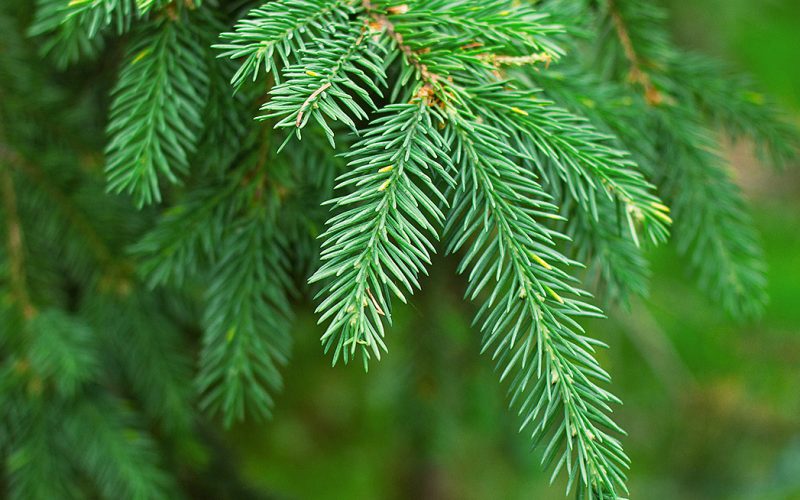“Evergreen trees play a big role for wildlife in your backyard during winter, so it’s important to understand our native evergreens to promote the best habitat we can for native species.”
Readers Ask: Are evergreen trees really native to Arkansas?
People have different interpretations of the term “native”, but if it was introduced from outside Arkansas, it’s non-native and may not be able to handle an ice storm. For example, slash pine is native to the southern United States but not Arkansas, so it isn’t an exotic but it also isn’t native. It’s also important to define “evergreen” since people often interchange coniferous with evergreen, even though there are differences. Evergreen plants have leaves throughout all four seasons, even if they occasionally shed some, while conifers are plants that produce cones. An eastern red cedar is both an evergreen and a conifer, but not all conifers are evergreens, and not all evergreens are conifers. The larch (tamarack) looks like an evergreen but is a deciduous conifer, while holly is a non-coniferous evergreen because it reproduces with berries, not cones.
In an interview with Associate Professor Tamara Walkingstick of the University of Arkansas Forest Resources Center, she cited a few truly native evergreen species including the loblolly and shortleaf pines, which are both referred to as “southern yellow pine,” the state tree of Arkansas. We also have eastern red cedar which is invasive because it grows quickly in recently disturbed soils, and Virginia pine in some places. “American holly is a native hardwood evergreen that likes moist, deep soil. The slash pine and white pine are non-native, introduced by home owners and horticulturalists.”
Evergreen trees play a big role for wildlife in your backyard during winter, so it’s important to understand our native evergreens to promote the best habitat we can for native species. Pinus taeda (loblolly pine) is crucial as a food source for birds, small mammals, deer and rabbits, while providing cover for wild turkeys, northern bobwhites, and squirrels. Endangered red-cockaded woodpeckers prefer to make their nests in mature loblollies. They are the leading commercial timber tree in the southeast, and can reach 50 feet in 20 years with a mature height of 100 feet.
Pinus echinata (shortleaf pine) tops that speed, growing as much as 60 feet in 20 years and living up to 250 years, and is used for erosion control and watershed management. Pinus palustris (longleaf pine) lives twice as long, about 500 years, and can grow up to 120 feet tall! Eastern red cedars may be a native invasive plant, but are still popular with gardeners because their blue berries attract birds and their fragrant wood repels moths. They are not a true cedar, but actually a juniper that can reach 40 feet in height. Evergreen and semi-evergreen varieties of Magnolia grow rapidly in the southern United States. Southern magnolias, with aromatic white flowers, and American hollies with bright red berries are two great choices for a native, and ever green, landscape.
Ripples innovates solutions that maximize positive ripples in the world. We operate a 100% solar-hosted website with resources and services for individuals and non-profit organizations. For more information, visit: www.RipplesBlog.org.











